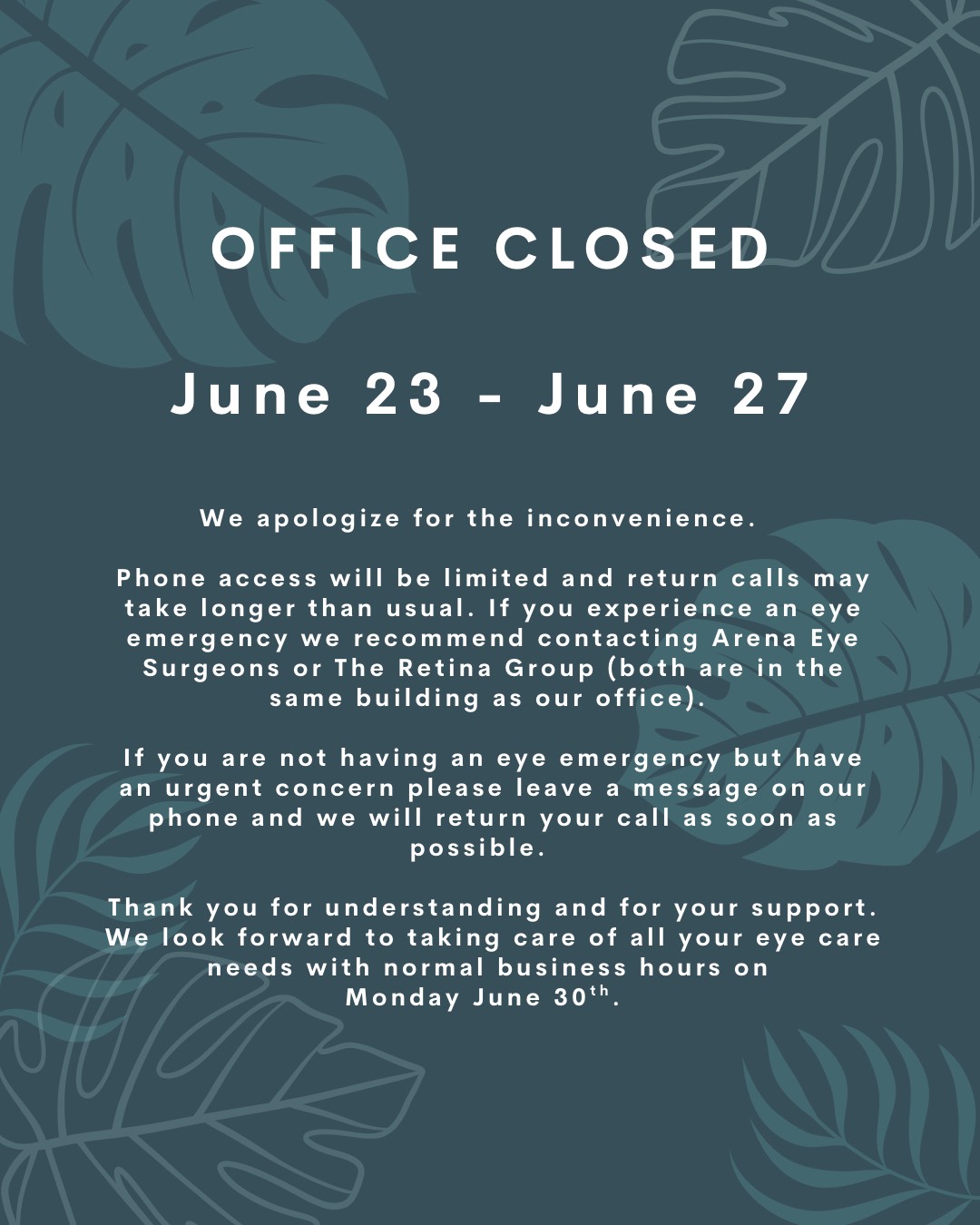
Eye Health = Body Health
Changes in your eye health can indicate how Diabetes is affecting the rest of your body. Diabetes affects the smallest blood vessels in our body first. The vessels that nourish our eyes are some of the smallest in the body. When you have a dilated exam, your doctor can see those blood vessels and determine if there is any damage or strain due to Diabetes (as well as other cardiovascular conditions such as high blood pressure and high cholesterol). Your eye doctor can alert your primary care doctor or endocrinologist if changes are noticed, or risk factors are increasing. This will help protect not only your eyes but your entire body from the negative effects of Diabetes.
Early Detection = Better Vision
Patients with Diabetes have a higher risk of:
Glaucoma
Cataracts
Delayed Healing
Viion Fluctuations
Retinal Swelling, Detachments, and Scarring
Macular Degeneration
Your eye exam may include special testing to help monitor changes over time:

Often a retinal photograph is taken to help the doctor visualize small changes in your blood vessels and retinal surface.

Optical Coherence Tomography (OCT) helps visualize changes beneath the retinal surface so changes can be detected earlier and treatment can be started to minimize visual disturbances.

If you are at risk for glaucoma a visual field may be performed to check your peripheral vision. It allows your doctor to be sure you are seeing everything you should be.
Patients with Diabetes should have a dilated eye exam once a year, or more often if recommended by your doctor.
If you have Diabetes or know someone who does, schedule your annual eye exam so you can ensure a lifetime of healthy and clear vision!











